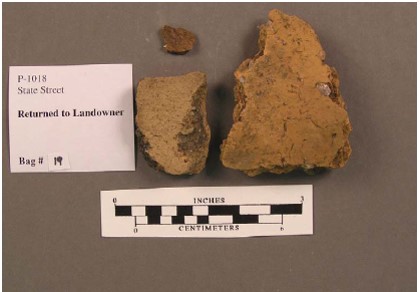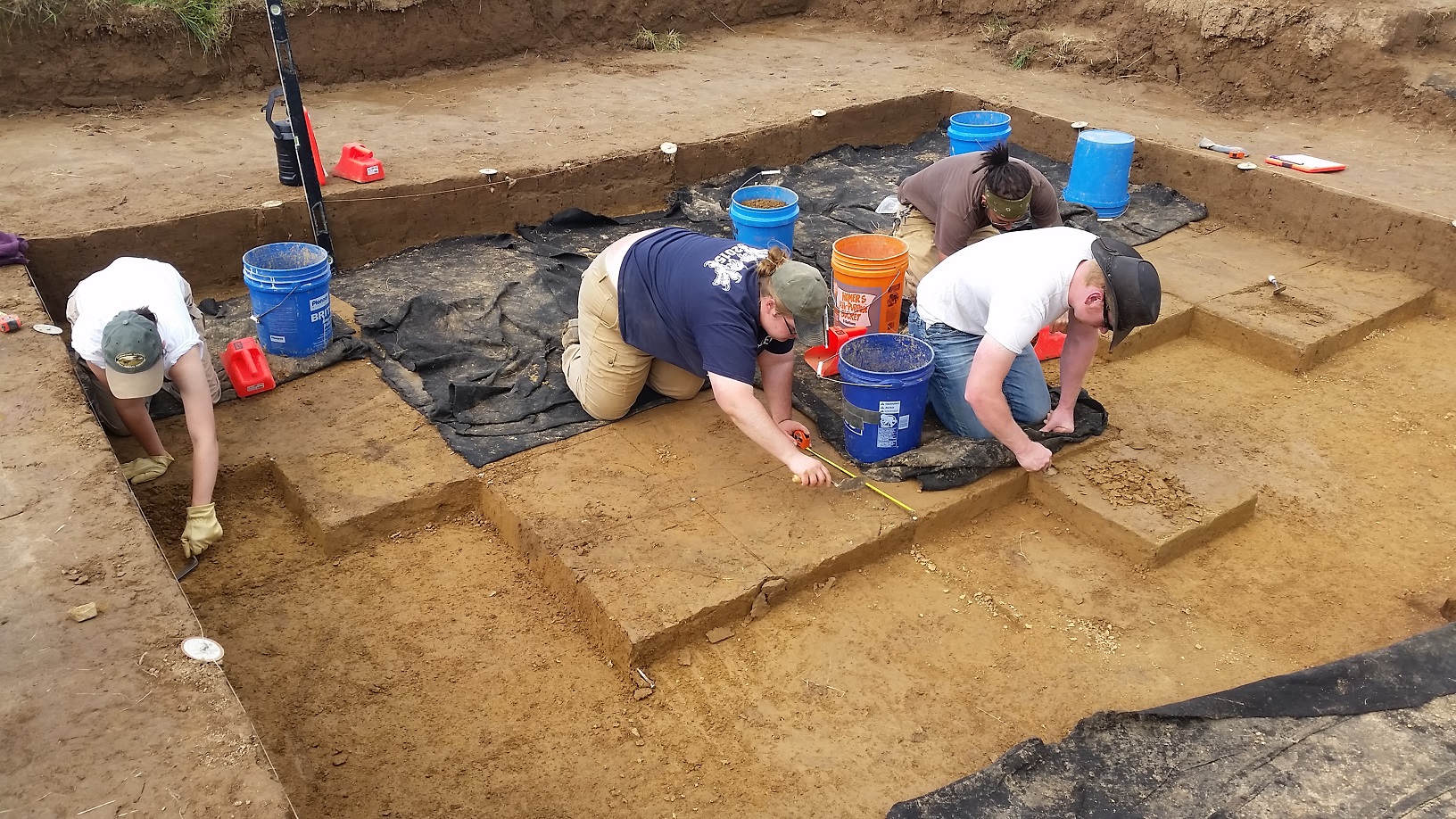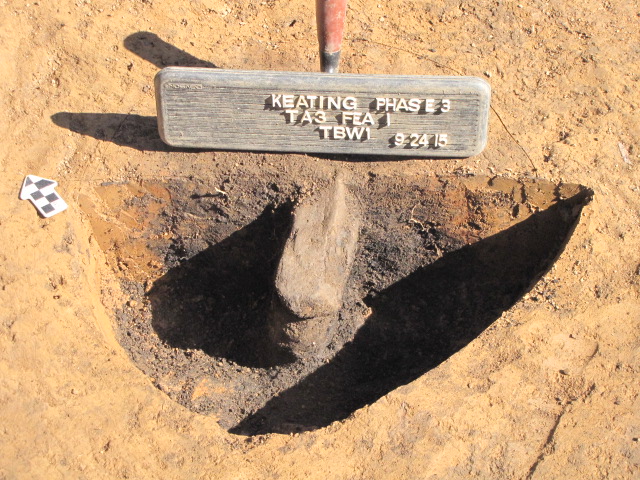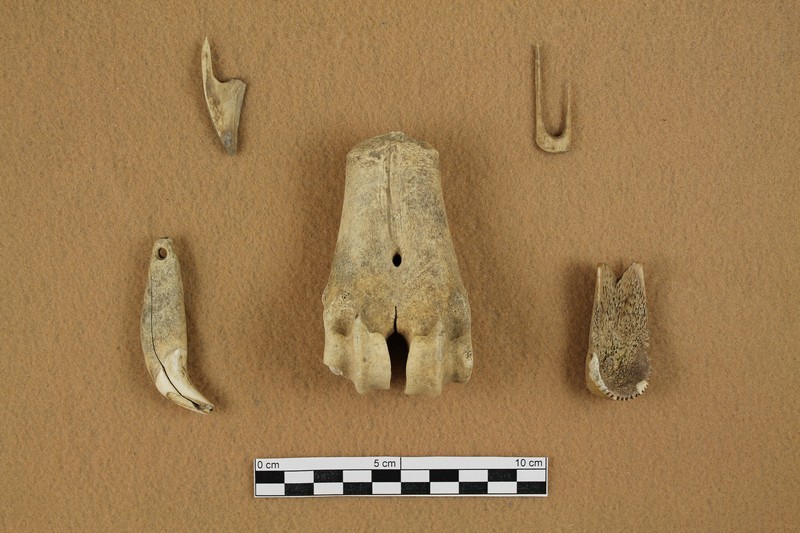There’s a scene in the 1960 classic, The Time Machine, where Rod Taylor escapes the imminent nuclear war by throwing his machine fast into the future. Quickly, the ground rises all around him and for what appears to be an eternity, he is sitting there isolated from the outside world. At that moment, as we watch him shivering, we wonder with him what is going on above ground. An archaeologist would empathize with Rod Taylor at that moment, not because he has put himself into a tight spot, but because Taylor’s experience is the experience of all artifacts in the ground. They are part of the world, then they are no longer part of the world, having disappeared beneath the earth.
Continue reading







Recent Comments